Zhichao Shao
User Activity Detection with Delay-Calibration for Asynchronous Massive Random Access
Nov 04, 2024
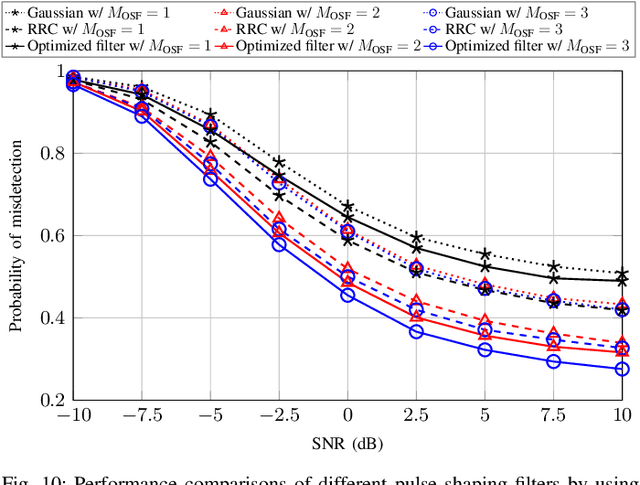
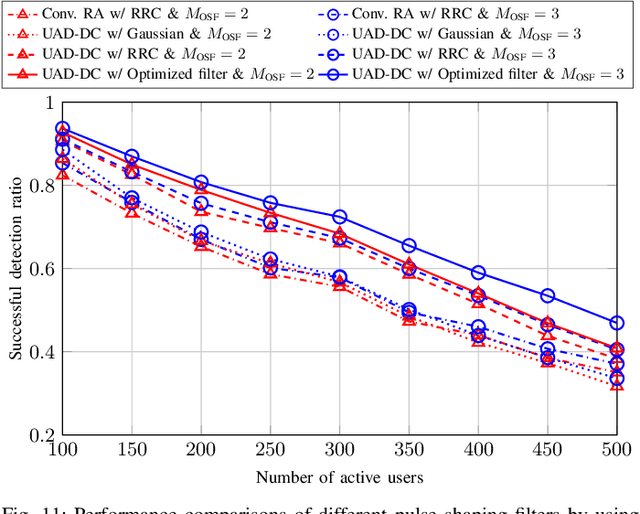
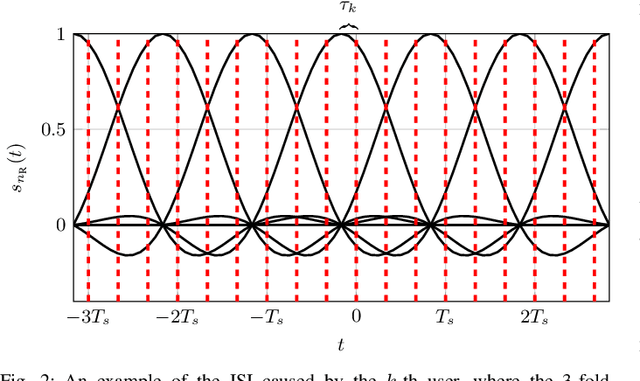
Abstract:This work considers an uplink asynchronous massive random access scenario in which a large number of users asynchronously access a base station equipped with multiple receive antennas. The objective is to alleviate the problem of massive collision due to the limited number of orthogonal preambles of an access scheme in which user activity detection is performed. We propose a user activity detection with delay-calibration (UAD-DC) algorithm and investigate the benefits of oversampling for the estimation of continuous time delays at the receiver. The proposed algorithm iteratively estimates time delays and detects active users by noting that the collided users can be identified through accurate estimation of time delays. Due to the sporadic user activity patterns, the user activity detection problem can be formulated as a compressive sensing (CS) problem, which can be solved by a modified Turbo-CS algorithm under the consideration of correlated noise samples resulting from oversampling. A sliding-window technique is applied in the proposed algorithm to reduce the overall computational complexity. Moreover, we propose a new design of the pulse shaping filter by minimizing the Bayesian Cram\'er-Rao bound of the detection problem under the constraint of limited spectral bandwidth. Numerical results demonstrate the efficacy of the proposed algorithm in terms of the normalized mean squared error of the estimated channel, the probability of misdetection and the successful detection ratio.
Multiuser-MIMO Systems Using Comparator Network-Aided Receivers With 1-Bit Quantization
Nov 18, 2022Abstract:Low-resolution analog-to-digital converters (ADCs) are promising for reducing energy consumption and costs of multiuser multiple-input multiple-output (MIMO) systems with many antennas. We propose low-resolution multiuser MIMO receivers where the signals are simultaneously processed by 1-bit ADCs and a comparator network, which can be interpreted as additional virtual channels with binary outputs. We distinguish the proposed comparator networks in fully and partially connected. For such receivers, we develop the low-resolution aware linear minimum mean-squared error (LRA-LMMSE) channel estimator and detector according to the Bussgang theorem. We also develop a robust detector which takes into account the channel state information (CSI) mismatch statistics. By exploiting knowledge of the channel coefficients we devise a mean-square error (MSE) greedy search and a sequential signal-to-interference-plus-noise ratio (SINR) search for optimization of partially connected networks. Numerical results show that a system with extra virtual channels can outperform a system with additional receive antennas, in terms of bit error rate (BER). Furthermore, by employing the proposed channel estimation with its error statistics, we construct a lower bound on the ergodic sum rate for a linear receiver. Simulation results confirm that the proposed approach outperforms the conventional 1-bit MIMO system in terms of BER, MSE and sum rate.
Joint Localization and Information Transfer for Reconfigurable Intelligent Surface Aided Full-Duplex Systems
Aug 13, 2022
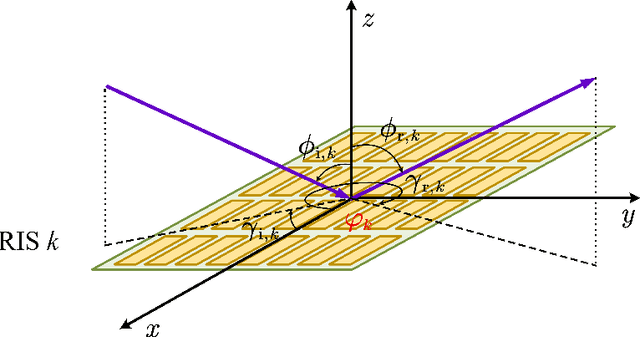

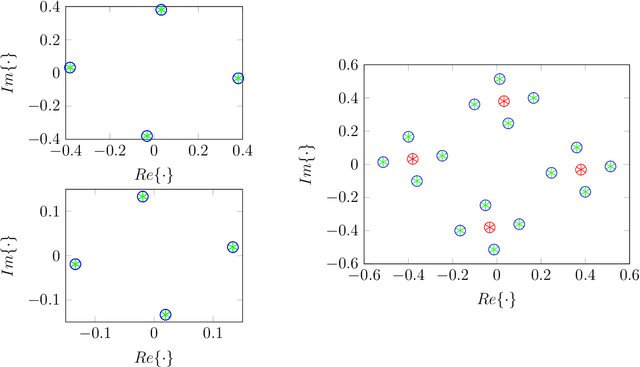
Abstract:In this work, we investigate a reconfigurable intelligent surface (RIS) aided integrated sensing and communication scenario, where a base station (BS) communicates with multiple devices in a full-duplex mode, and senses the positions of these devices simultaneously. An RIS is assumed to be mounted on each device to enhance the reflected echoes. Meanwhile, the information of each device is passively transferred to the BS via reflection modulation. We aim to tackle the problem of joint localization and information retrieval at the BS. A grid based parametric model is constructed and the joint estimation problem is formulated as a compressive sensing problem. We propose a novel message-passing algorithm to solve the considered problem, and a progressive approximation method to reduce the computational complexity involved in the message passing. Moreover, an expectation-maximization (EM) algorithm is applied for tuning the grid parameters to mitigate the model mismatch problem. Finally, we analyze the efficacy of the proposed algorithm through the Bayesian Cram\'er-Rao bound. Numerical results demonstrate the feasibility of the proposed scheme and the superior performance of the proposed EM-based message-passing algorithm.
 Add to Chrome
Add to Chrome Add to Firefox
Add to Firefox Add to Edge
Add to Edge